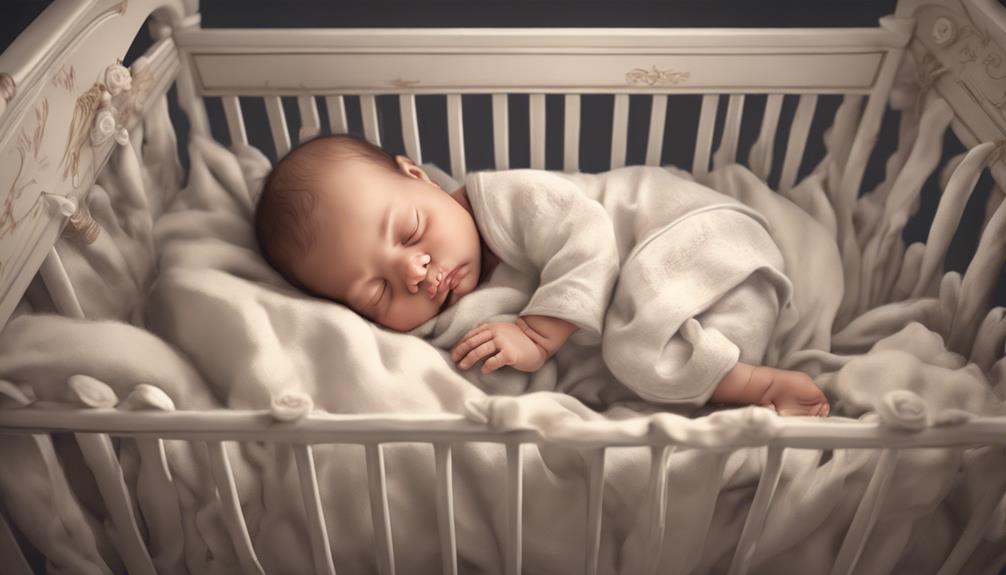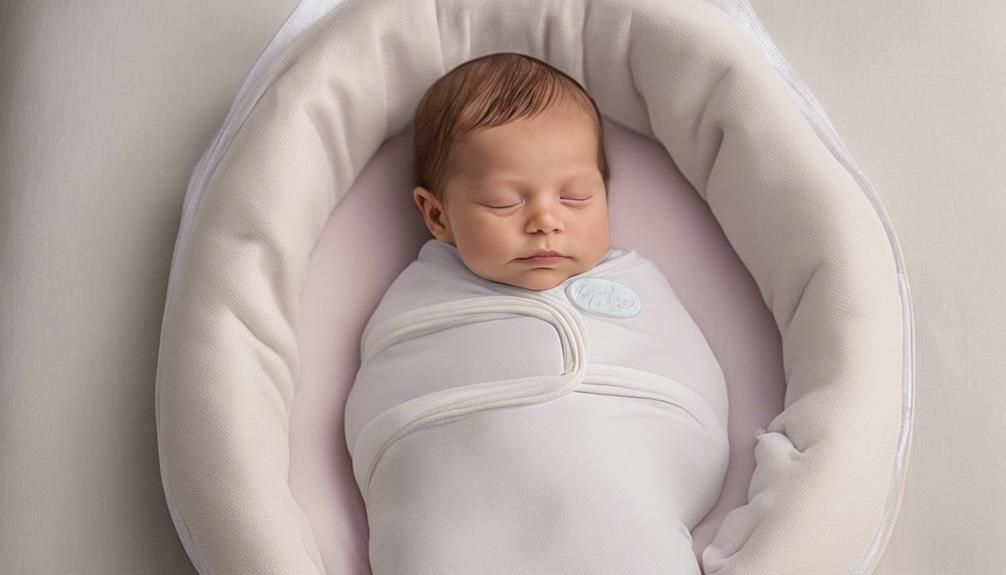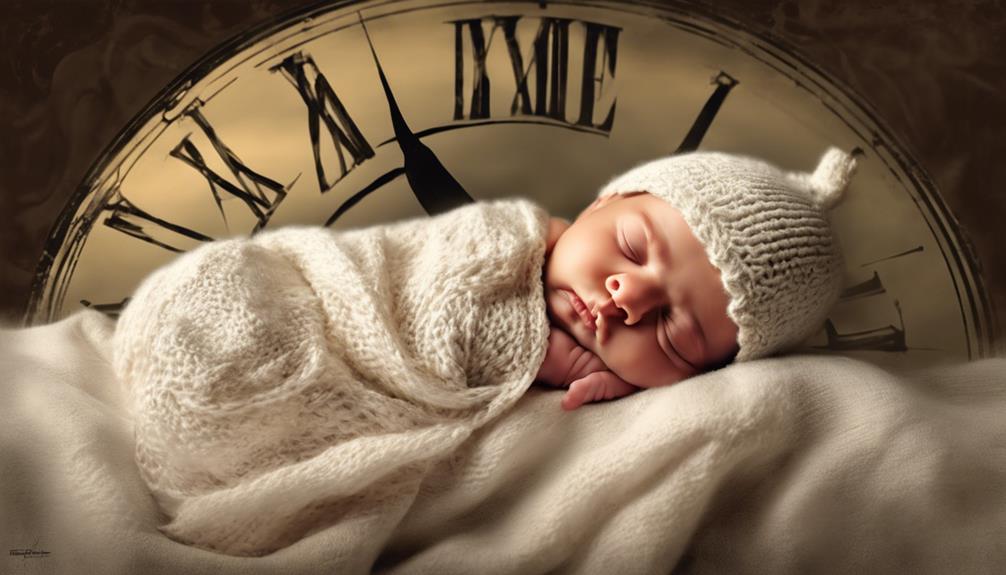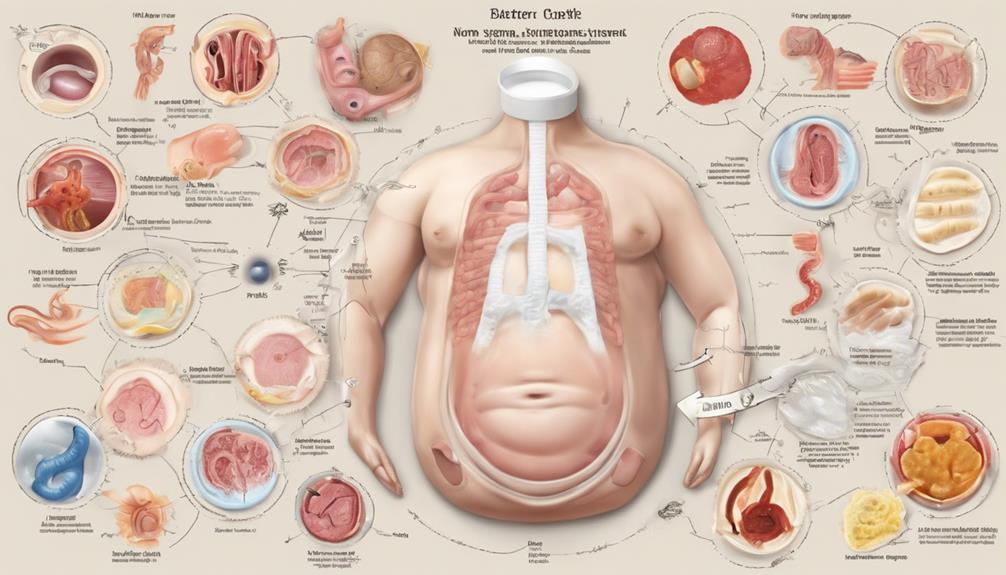Have you ever wondered why newborns shiver during sleep?
The mystery behind these tiny tremors might hold more significance than meets the eye.
Understanding the subtle movements of infants can provide valuable insights into their well-being and development.
Stay tuned as we unravel the secrets behind newborn sleep patterns and decode the meaning of those gentle shivers in infants.
Key Takeaways
- Newborn shivers may stem from various causes like immature nervous system, cold stress, or infections.
- Sleep tremors in infants reflect active brain function and healthy brain-body connection.
- Soothe baby shivers with gentle touch, warm environment, and consistent sleep routines.
- Monitor infant shivers, create safe sleep space, and consult if concerns arise for optimal baby sleep.
Common Causes of Newborn Shivers
Exploring the various triggers behind newborn shivers sheds light on the common causes parents may encounter in their little ones' early days. Newborn shivers, characterized by involuntary muscle movements, can often be attributed to the newborn's immature nervous system.
Factors like cold stress, sudden temperature changes, or the Moro reflex—an instinctive response to stimuli like loud noises—can also induce shivering in infants. Additionally, hypoglycemia, a condition marked by low blood sugar levels, is another potential culprit behind these shivering episodes.
In some cases, infections or illnesses, including fever, may manifest as shivering in newborns, prompting concern among parents. The American Academy of Pediatrics recommends monitoring these shivering episodes closely and consulting healthcare providers if they persist or are accompanied by other worrying symptoms.
Understanding the root causes of newborn shivers can help parents navigate these early challenges with greater confidence and assurance.
Understanding Infant Sleep Tremors
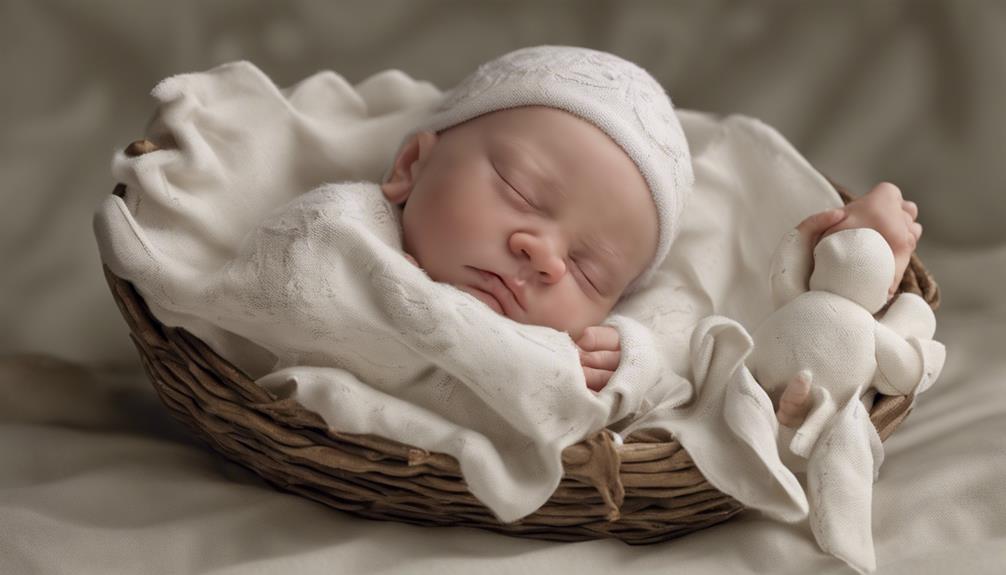
Understanding infant sleep tremors can provide valuable insights into your little one's nighttime experiences and overall development. These involuntary tremors, also known as sleep myoclonus, are a common occurrence in infants and play a significant role in their physiological development.
Here are three essential points for:
- Normal Development: Sleep myoclonus, characterized by muscle spasms during sleep, is a natural part of infant sleep cycles. These physiological twitching movements indicate active brain function and contribute to the maturation of neural pathways, supporting overall brain development.
- Parental Awareness: Distinguishing between harmless sleep myoclonus and concerning spasms like infantile spasms is essential for parental understanding and awareness. While sleep myoclonus is typically benign, being attentive to any unusual patterns can help identify potential issues early on.
- Brain Development: The presence of sleep tremors signifies a healthy connection between the brain and body in infants. Embracing these normal occurrences can offer reassurance to parents and foster a deeper understanding of their child's growth and development.
Tips for Soothing Baby Shivers

When it comes to easing baby shivers, providing gentle touch, swaddling, and creating a warm sleep environment can be beneficial in soothing your little one's tremors.
Baby shivers are a common occurrence in infants due to their immature nervous system. To help soothe these shivers, consider maintaining a consistent sleep routine and guaranteeing a calm sleep environment.
Avoid overstimulation before bedtime and try using white noise or gentle music to create a soothing atmosphere for your baby as they sleep. These simple techniques can aid in calming your infant and reducing the frequency of shivers during sleep.
However, if you notice that the shivers persist or are accompanied by other concerning symptoms, it's important to consult a healthcare provider for further evaluation and guidance. Your baby's well-being is a top priority, and seeking professional advice can provide you with the reassurance and support needed to guarantee your little one is healthy and comfortable.
Monitoring and Managing Infant Shivers

To effectively monitor and manage infant shivers, parents should track the frequency, body parts involved, and any connections with daytime activities. This important approach allows caregivers to observe patterns and potentially identify any triggers or underlying causes.
When dealing with infant shivers, it's essential to create a safe sleep environment conducive to healthy rest and development. Proper swaddling techniques can offer comfort and security, aiding in minimizing involuntary movements during sleep. Additionally, maintaining a consistent bedtime routine can help regulate your baby's sleep patterns, potentially reducing the occurrence of myoclonic jerks.
Understanding the difference between normal twitching and concerning spasms is vital for parental peace of mind. If parents notice excessive or prolonged shivers or any other worrying symptoms, consulting a healthcare provider is advisable for a thorough evaluation. By staying vigilant and seeking guidance when needed, caregivers can navigate infant shivers with confidence and care.
Promoting Healthy Sleep Environment

Creating a safe sleep environment for infants involves following AAP guidelines:
- Placing them on their back to sleep
- Ensuring the crib is free of soft bedding and toys
Establishing a consistent bedtime routine is crucial:
- Calming activities like a warm bath or gentle massage can promote healthy sleep habits
Maintaining a comfortable sleep environment for babies includes:
- Keeping the room temperature between 68-72°F
- Ensuring proper ventilation
Additional tips for aiding infant sleep:
- Using white noise machines or playing soft lullabies
- Darkening the room with blackout curtains
- Minimizing light exposure during nighttime feeds
Frequently Asked Questions
Is It Normal for Newborns to Shiver When Sleeping?
Yes, it's normal for newborns to shiver during sleep. Their developing nervous system can cause these movements. Typically, these shivers are harmless and show brain maturation. If concerned, consult a healthcare provider.
What Does It Mean When a Baby Shivers?
When a baby shivers, it usually signifies nervous system development and brain activity. Our little one's shivers are like whispers of growth, connecting neurons, and building the foundation for future movements. It's a beautiful part of their journey.
How Long Do Newborn Shivers Last?
Newborn tremors typically last for a few seconds to a minute during sleep. They are normal and often occur during changes between sleep stages. These tremors are harmless and common in infants up to 6 months old.
Why Does My Baby Jitter in His Sleep?
We notice our baby jittering in their sleep. These muscle twitches are signs of brain-body connections developing, reflecting positive growth. Understanding these twitches helps us appreciate our baby's healthy development and differentiate normal movements from potential concerns.
Conclusion
As parents, let's remember that decoding our newborn's sleep patterns is like deciphering a unique language of love and development.
Just as a gentle breeze ripples through a calm pond, these shivers in infants are simply a sign of their growing bodies and minds at work.
By understanding and embracing these natural movements, we can create a soothing environment for our little ones to thrive and flourish.
Keep calm, observe, and cherish every twitch of their journey.
